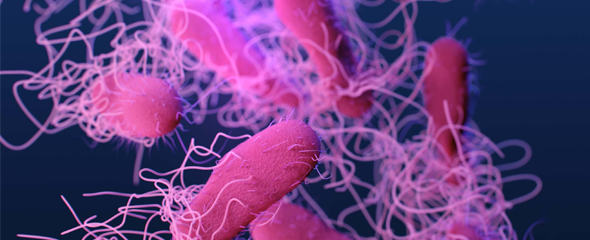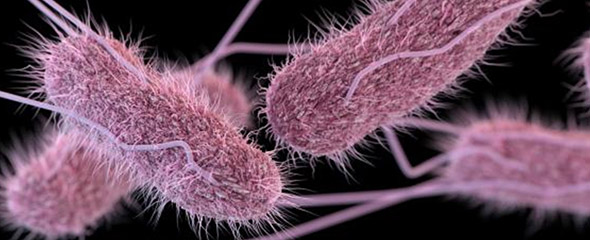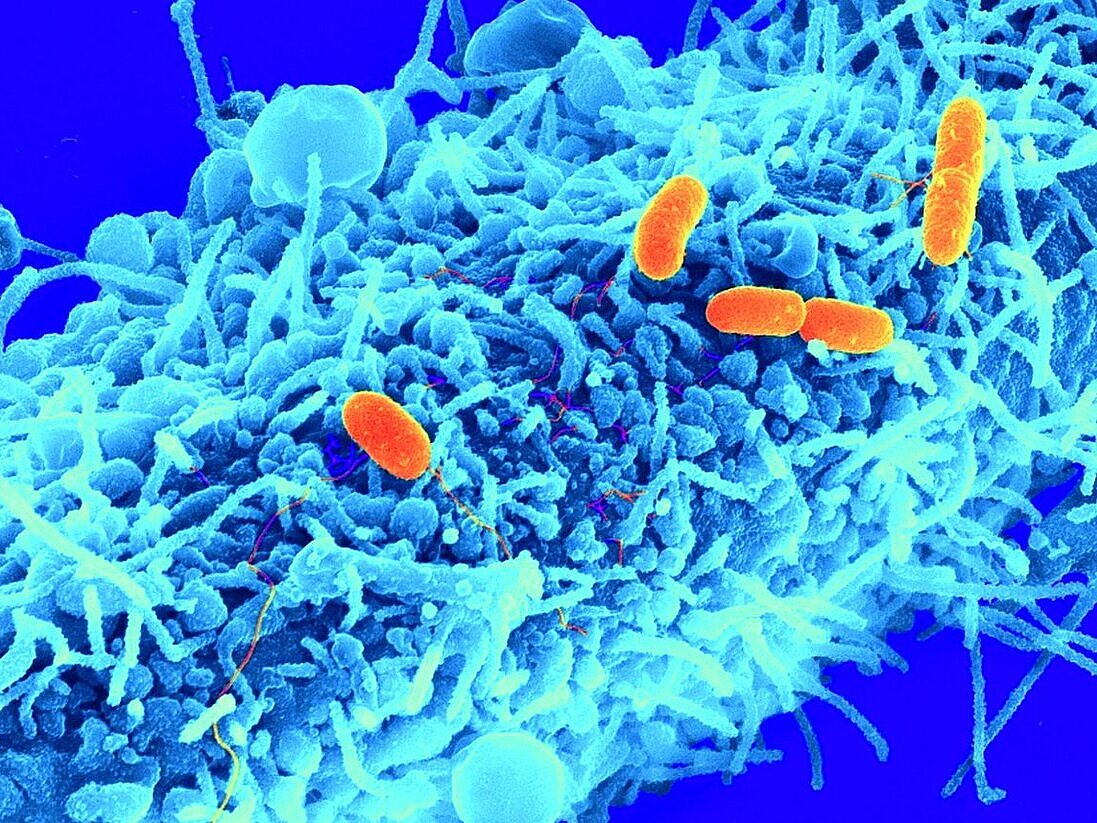
Structural Infection Biology
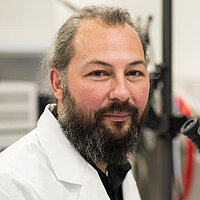
Our Research
Manipulation of human host cells is a fundamental challenge for all pathogens. This task is accomplished by the controlled secretion and delivery of effector proteins into the host cell. Through genetic and proteomic studies many effector proteins have been identified, providing topographic maps of the most prominent subversive strategies.
Identify Infection Strategies
In many Gram-negative bacteria, the main virulence machinery that contributes to bacterial pathogenesis is the type three secretion system (T3SS). This system is a membrane-embedded macromolecular complex that allows the translocation of effector proteins directly from the bacterial cytosol to our body to invade the host and propagate infection. The structural core of the T3SS is a 3.5 megadalton nanosyringe-like complex assembled from more than twenty components that spans the double membrane of Gram-negative bacteria.
The current challenge we face now is to understand how this system works and how protein secretion is regulated. Our research focuses on the structural and functional analysis of this nanomachine and investigates the rules for effector protein secretion, transport dynamics and regulation of the T3SS.
Structural biology techniques and biophysical methods
We use biological (molecular genetics, protein biochemistry, cellular invasion and secretion assays) and advanced structural biology techniques (X- crystallography, electron and fluorescence microscopy), in combination with biophysical methodologies (light scattering, calorimetry, CD- and fluorescence spectroscopy) for a comprehensive structure-function analysis of the T3SS during infection. We aim to gain a predictable understanding of the mechanistic details of the T3SS transport adopted during the course of an infection at the atomic level to be used as an antibacterial target for both developing improved therapies for fatal Gram-negative infections and lightening the burden of antibiotic resistance.
The World Health Organization estimates that diseases caused by Gram-negative pathogens such as gastroenteritis (Shigella flexneri), typhoid fever (Salmonella typhi), food poisoning (Escherichia coli spp) and bubonic plague (Yersinia pestis) affect more than 100 million people worldwide causing several million death each year.
Our Research
Manipulation of human host cells is a fundamental challenge for all pathogens. This task is accomplished by the controlled secretion and delivery of effector proteins into the host cell. Through genetic and proteomic studies many effector proteins have been identified, providing topographic maps of the most prominent subversive strategies.
Identify Infection Strategies
In many Gram-negative bacteria, the main virulence machinery that contributes to bacterial pathogenesis is the type three secretion system (T3SS). This system is a membrane-embedded macromolecular complex that allows the translocation of effector proteins directly from the bacterial cytosol to our body to invade the host and propagate infection. The structural core of the T3SS is a 3.5 megadalton nanosyringe-like complex assembled from more than twenty components that spans the double membrane of Gram-negative bacteria.
The current challenge we face now is to understand how this system works and how protein secretion is regulated. Our research focuses on the structural and functional analysis of this nanomachine and investigates the rules for effector protein secretion, transport dynamics and regulation of the T3SS.
Structural biology techniques and biophysical methods
We use biological (molecular genetics, protein biochemistry, cellular invasion and secretion assays) and advanced structural biology techniques (X- crystallography, electron and fluorescence microscopy), in combination with biophysical methodologies (light scattering, calorimetry, CD- and fluorescence spectroscopy) for a comprehensive structure-function analysis of the T3SS during infection. We aim to gain a predictable understanding of the mechanistic details of the T3SS transport adopted during the course of an infection at the atomic level to be used as an antibacterial target for both developing improved therapies for fatal Gram-negative infections and lightening the burden of antibiotic resistance.
The World Health Organization estimates that diseases caused by Gram-negative pathogens such as gastroenteritis (Shigella flexneri), typhoid fever (Salmonella typhi), food poisoning (Escherichia coli spp) and bubonic plague (Yersinia pestis) affect more than 100 million people worldwide causing several million death each year.
Prof Dr Michael Kolbe
Understanding the molecular virulence mechanisms in the pathogenesis of bacterial infections requires integrating complementary technologies involving molecular genetics, microbiology and biophysical methods. The CSSB located at the DESY campus offers excellent conditions for an interdisciplinary research approach providing the infection biologists with state-of-the art instruments and ongoing development of new spectroscopic techniques.
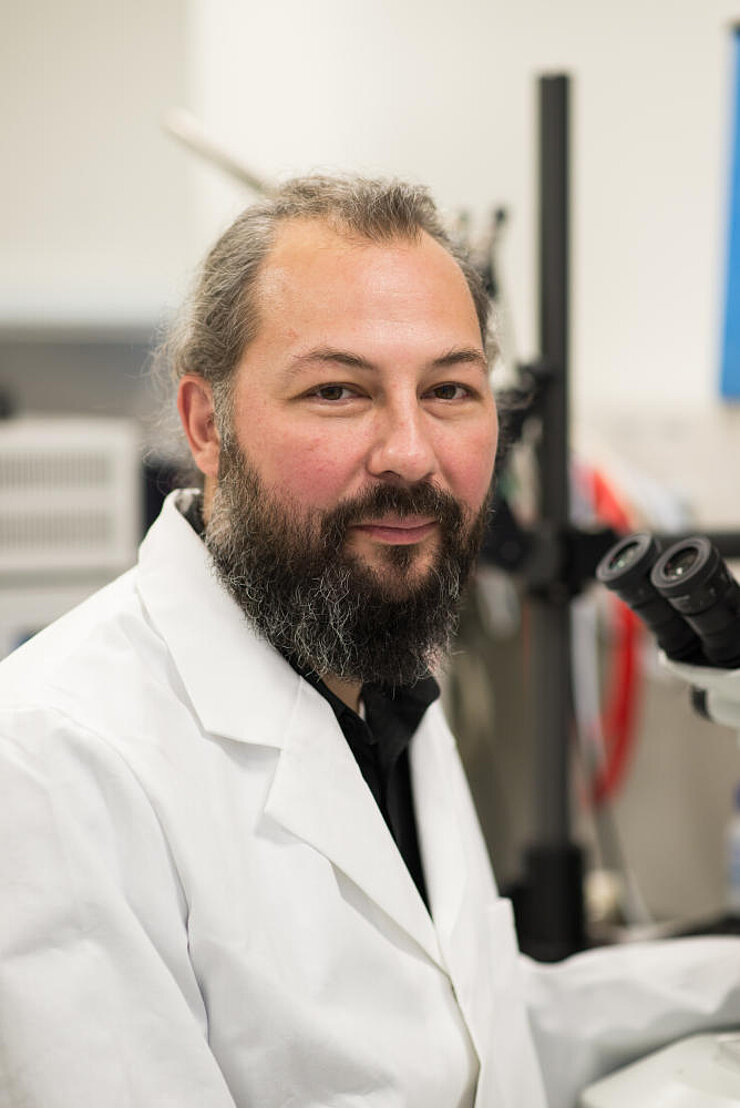
Michael Kolbe studied chemistry at the Universities of Paderborn and Hamburg. Thereafter he did his doctorate on the structure and function of the chloride pump Halorhodopsin at Max-Planck-Institute for Biochemistry and the Ludwig-Maximilians University in Munich supervised by Dieter Oesterhelt. Following this Michael Kolbe worked as postdoc at the Max-Delbrück Centre in Berlin i.a. on the structure of ion channels. Here he developed his interest for protein transporters, which are important key factors in bacterial infections of host cells.
With his transition to the Max-Planck-Institute for infection biology as leader of a junior research group he gained more in-depth knowledge in type III secretion systems. The research of his group for structural system biology is financially supported since 2013 by ERC.
Since the beginning of the year 2015 Michael Kolbe is professor at the University Hamburg and head of the department structural infection biology at HZI. This department will move to laboratories in the new founded Center for Structural Systems Biology on the DSEX campus in Hamburg in the beginning of 2017.
Selected Publications
Human aryl hydrogen receptor detects virulence factors from bacterial pathogens
Moura-Alves P et al, Aryl hydrogen receptor senses bacterial pigmented virulence factors and orchestrates antibacterial defenses, Nature, 512: 387-392 (2014)
Shigella flexneri type 3 secretion system caught in the act
Dohlich K, Brotcke Zumsteg A, Goosmann C, Kolbe M, A Substrate-Fusion Protein is Trapped inside the Type III Secretion System Channel in Shigella flexneri, PLoS Pathogens, e003881 (2014)
3-dimensional model of the type 3 secretion needle in Salmonella typhimurium
Loquet A Sgourakis NG, Gupta R, Giller K, Riedel D, Goosmann C, Griesinger C, Kolbe* M, Baker D, Becker S, Lange* A, Atomic model of the type III secretion system needle, Nature, 486: 276-279 (2012)
Structure and mechanism of type 3 secretion system needle assembly
Poyraz O, Schmidt H, Seidel K, Delissen F, Ader C, Tenenboim H, Goosmann C, Laube B, Thünemann AF, Zychlinsky A, Baldus M, Lange A, Griesinger C, Kolbe M, Protein refolding is required for assembly of the type three secretion needle. Nat. Struct. Mol. Biol., 17: 788-792 (2010)
Structural based prediction of a conserved effector-chaperone motif for type 3 secretion
Lunelli, M, Lokareddy, RK, Zychlinsky, A, Kolbe, M, IpaB-IpgC interaction defines binding motif for type III secretion translocator. Proc. Natl. Acad. Sci., 106: 9661-9666 (2009)
